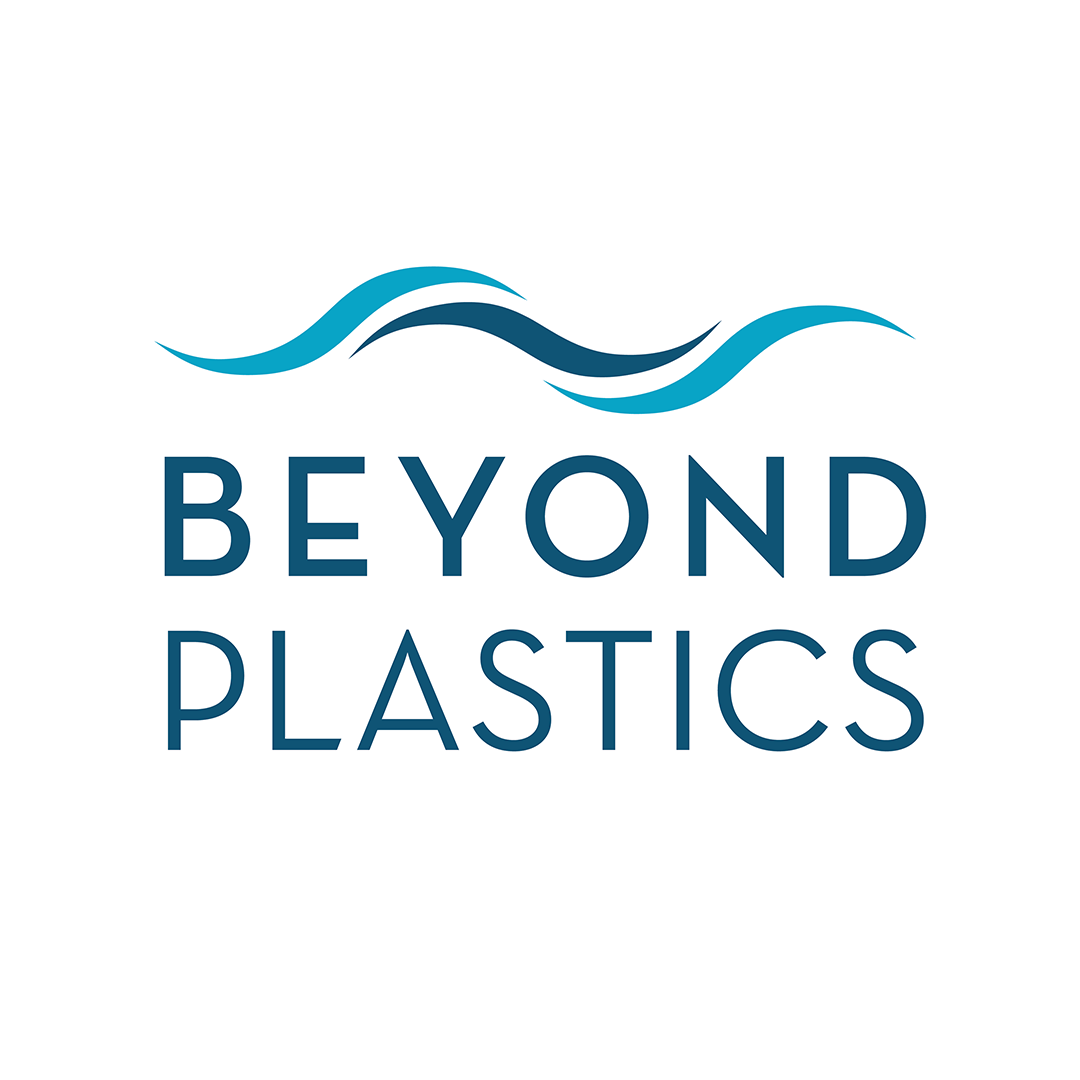Microwave + Plastic = Microplastic
Why you should stop microwaving your food in plastic!
When food or beverages are microwaved in plastic containers, chemical additives from inside the plastic migrate into the food and tiny flecks of plastic known as micro- and nanoplastics are also shed into the food. Both of these can present health risks.
Thousands of chemicals are added to plastics to give them color, texture, softness, or rigidity. Of the 10,500 chemicals known to researchers, 2,300 are considered “substances of concern” because they are known to cause cancer, disrupt neural development, and hijack hormonal signals throughout the human body.
Even at room temperature, many of the chemicals in plastics migrate into food. Micro- and nanoplastics also shed from plastic packaging into food at room temperature but the process of chemical migration and the shedding of microplastics both speed up when plastic is heated.
How does it affect our body?
As early as 2003, investigators published an article demonstrating that the “use of commercial plastic packages for repeated microwaving is associated with the risk of increased migration of volatile substances into food.” More recently, researchers testing baby food containers from two mainstream U.S. brands found that polypropylene (#5) labeled as "microwave safe" released 4.2 million and 1.2 billion particles per square centimeter of plastic each, after being heated in a microwave.
Endocrine Disruption
Many of the chemicals that leach out of plastics into food or are consumed as microplastics are endocrine disruptors (EDCs) meaning that they “disrupt” the hormonal signals that regulate vital body processes. EDCs can disrupt appetite and metabolism (leading to obesity, diabetes, heart disease), cell growth regulation (cancers), and neurodevelopment (cognitive, learning and behavior disorders such as autism and ADHD). They can also impact the reproductive system (early puberty, infertility, and male birth defects).
Common endocrine disrupting chemicals found in food packaging include ortho-phthalates, PFAS and perchlorate.
Most At Risk
As with other environmental toxicants, endocrine disruptors pose greater health risks for children than adults. They are particularly dangerous for newborns, toddlers, pregnant people, and the developing fetus.



